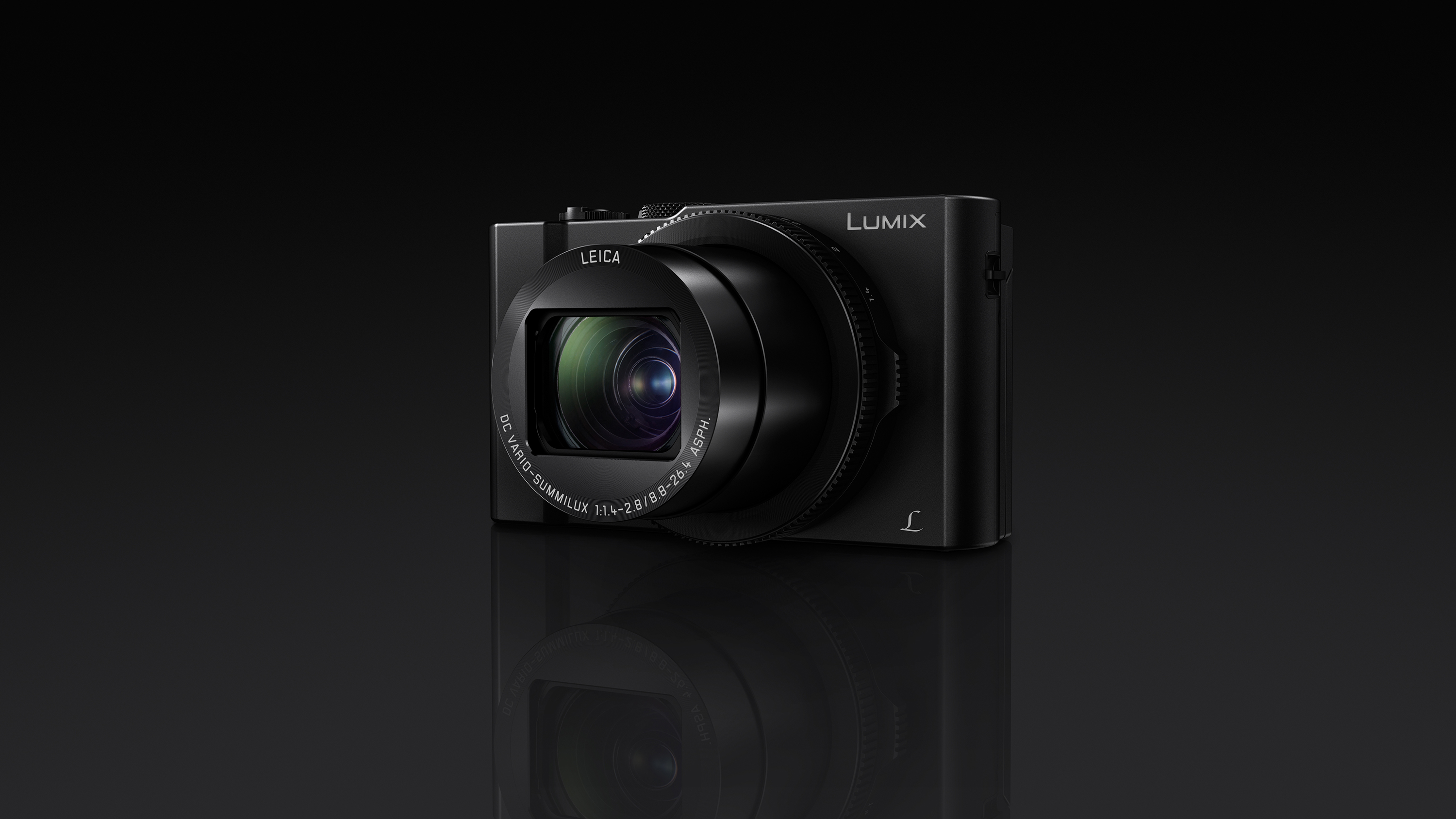Why you can trust TechRadar
Build and handling
- Solid metal construction
- Dual control ring
- Weighs 310g
The Panasonic Lumix LX10 / LX15 is clearly designed to be pocketable, just about fitting into the palm of the average hand. Its main body is metal, and the various dials also appear to be built to the same standard, with a handful of buttons on the rear being somewhat small but characterized by good travel.
The top plate contains two dials, one to switch between shooting modes and a command dial that’s principally used to change exposure parameters. The command dial is well sized and moves freely when rotated, and although the stiffness of the mode dial isn't entirely unexpected, its flatness does make it slightly more awkward to get purchase. Still, if you only ever stick to a handful of exposure modes, this may not be an issue.

The top plate also sports video record and shutter release controls, with a zoom collar around the latter button, alongside a small catch that releases the flash from its top plate – and on such a small body, everything here falls easily under the finger.
Unlike on the models in the RX100 line there's a raised section to the front plate that serves as a grip, and this has the advantage of adding only a little to the camera’s size, although some may have preferred something slightly beefier, as it’s not really significant enough to make much difference to handling.

The lens is encircled by a control ring; this is set to zoom the optic by default, but can be customised to perform a range of other functions, from focusing and exposure compensation to many options such as iResolution and aspect ratio.
Between this and the body lies an aperture ring, which has two protrusions around its smooth edge to help the user get a grip. The two rings combined only add a cm or so to the camera’s profile, although the aperture ring’s proximity to the main body and its shallowness mean it follows the mode dial in being somewhat awkward to operate comfortably.
Overall the Panasonic LX10 / LX15 is built to a high standard, with a broad selection of physical controls falling to hand and plenty of scope for customisation, although the small grip and design of the aperture ring show size to have been prioritised over ideal handling and operation.
Autofocus
- 49-point AF
- Post-focus function
- Focus stacking
The last few generations of Lumix compacts and compact system cameras have been blessed with excellent autofocus speeds, so it’s great to find the LX10 / LX15 displays the kind of slick performance we’ve come to expect from Panasonic.
In good light the camera acquires autofocus with almost no delay, at least none that would make any practical difference. When challenged with darker conditions the lens speedily bounces back and forth before confirming focus, and even in particularly dark conditions the sprightly AF-assist lamp means that focus is often found with only minimal delay.

The responsiveness of the touchscreen means you can effortlessly select the focusing point here, and you can adjust this box over eight sizes using the command dial on the top plate. This is great when you need to focus on a very small (or distant) subject, although you can also call upon the Pinpoint option for greater precision. Here, the camera takes a little longer to find focus than when left to its more conventional settings, but the centre of the screen is magnified as focus is confirmed to give you a better idea of what is and isn’t in focus. If you want, you can even adjust the duration of this magnification, which is quite some control for a compact camera.
Also impressive is the extent to which the camera manages to keep a lock on moving subjects, even when the camera is moved very suddenly or when the subject changes direction. In these situations the focusing system works tirelessly to keep a lock, and partnering this with the slower of the two burst-shooting options reveals AF to be maintained well throughout the burst.
Current page: Build, handling and AF
Prev Page Introduction and key features Next Page Performance and image quality